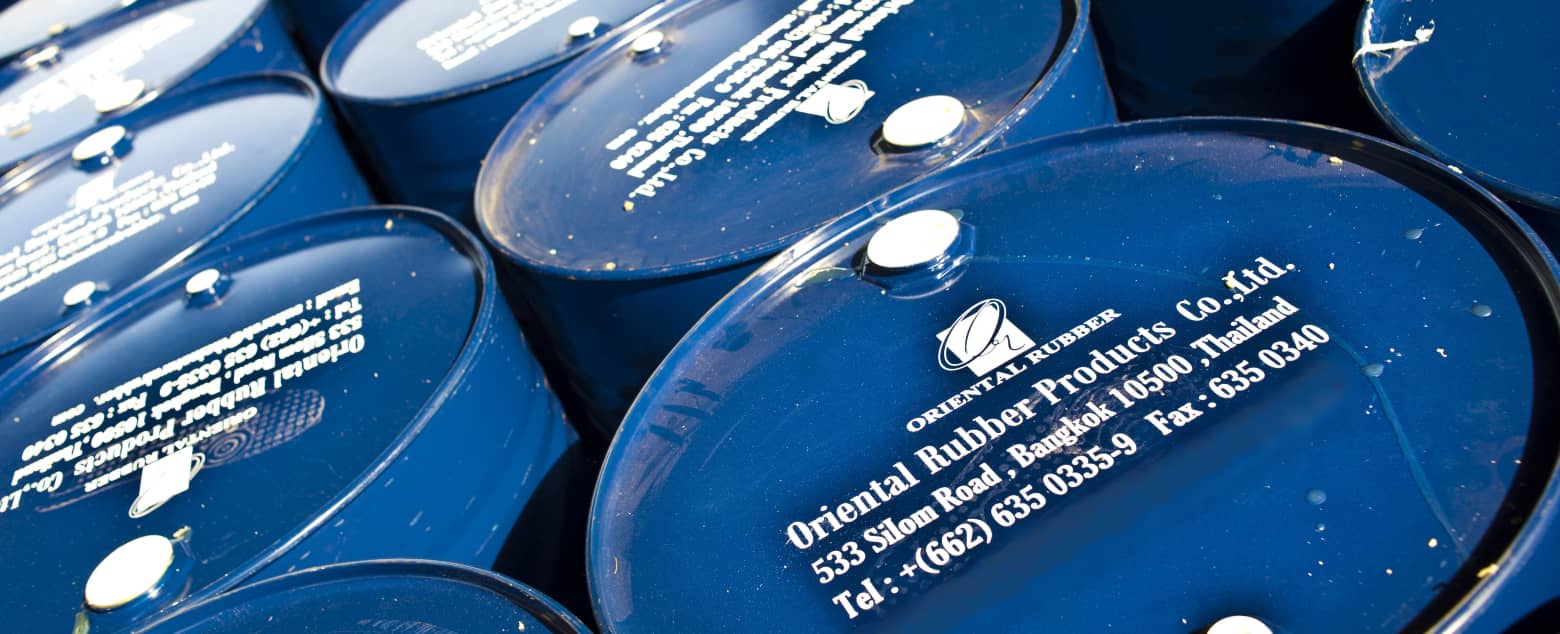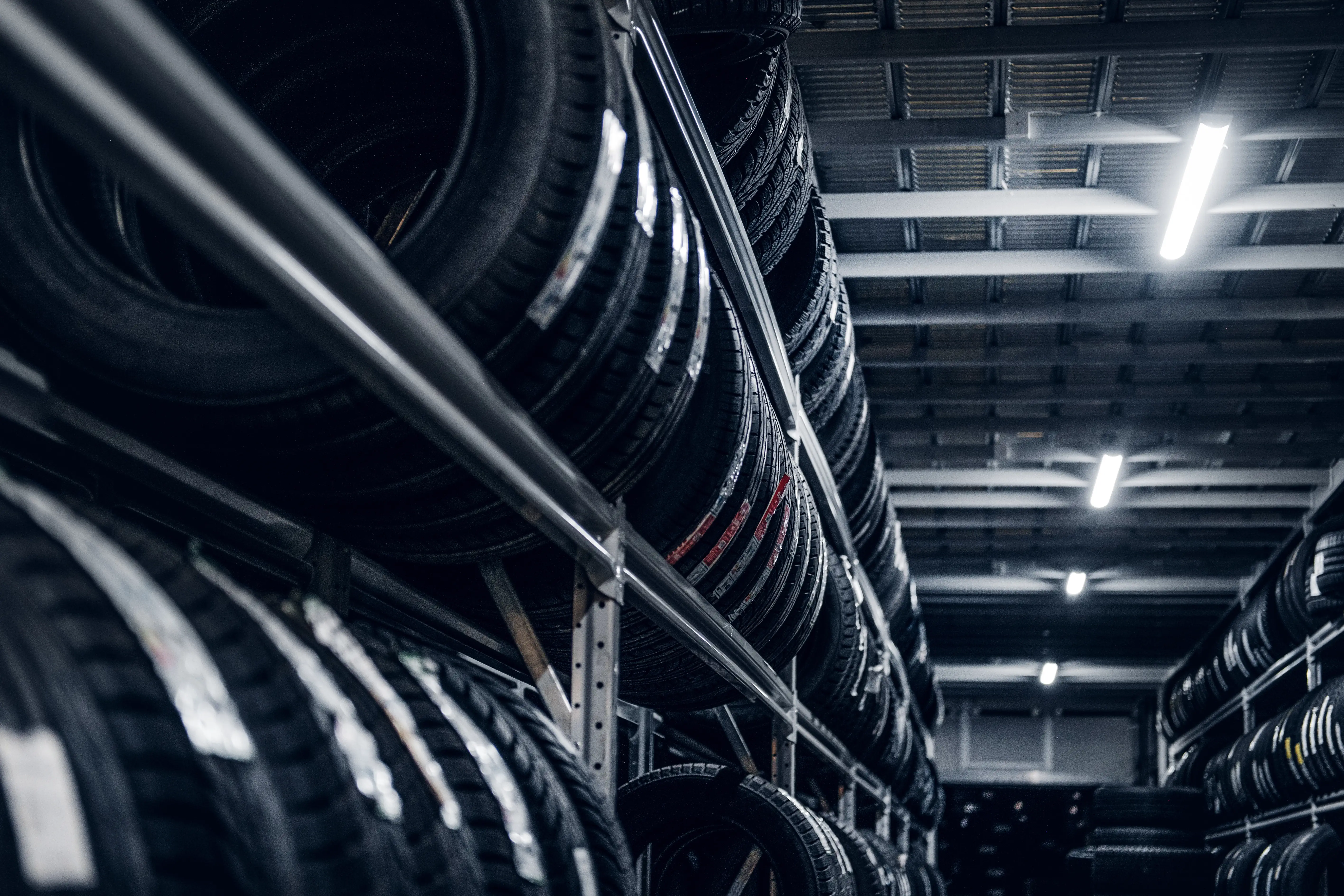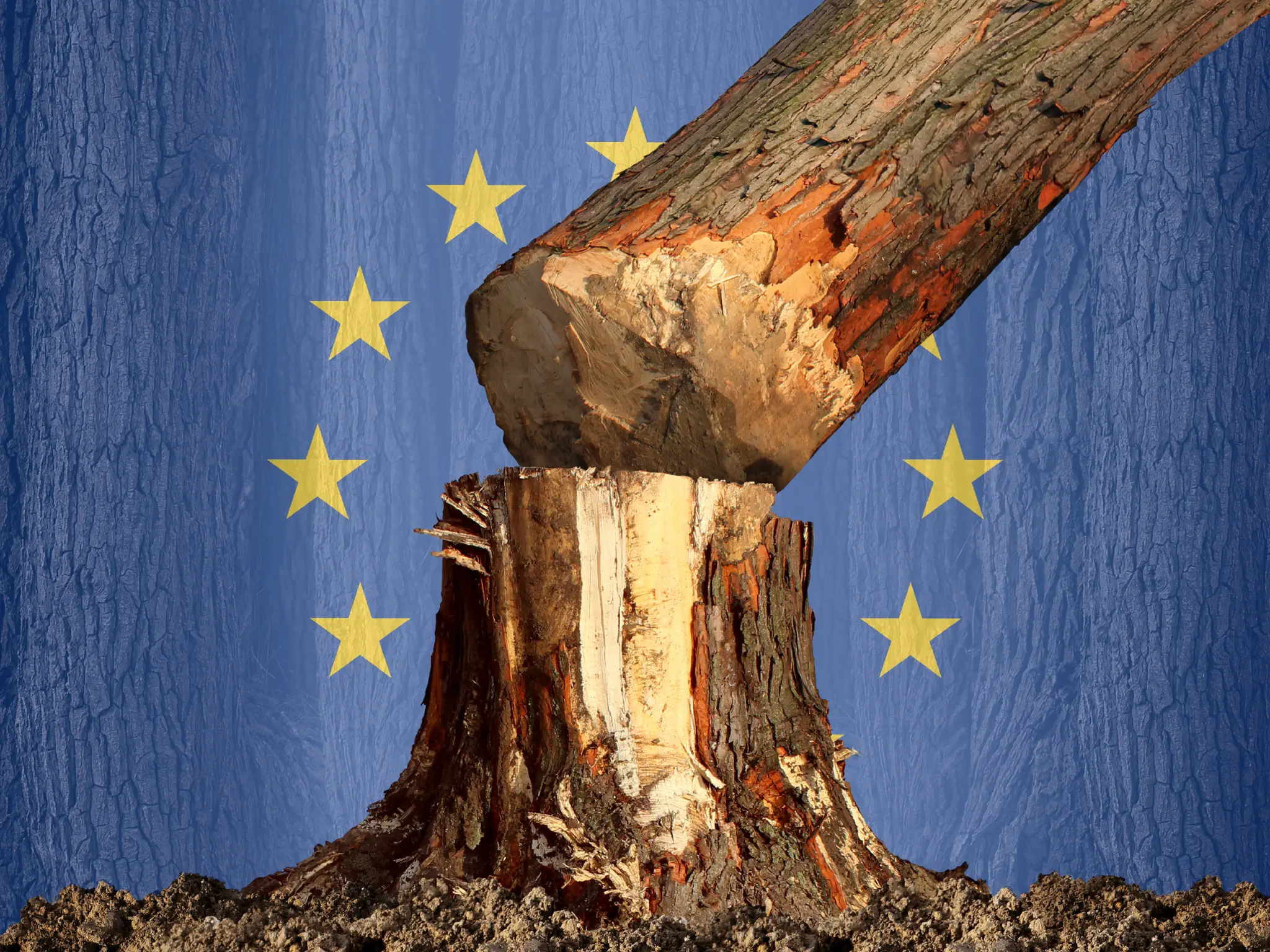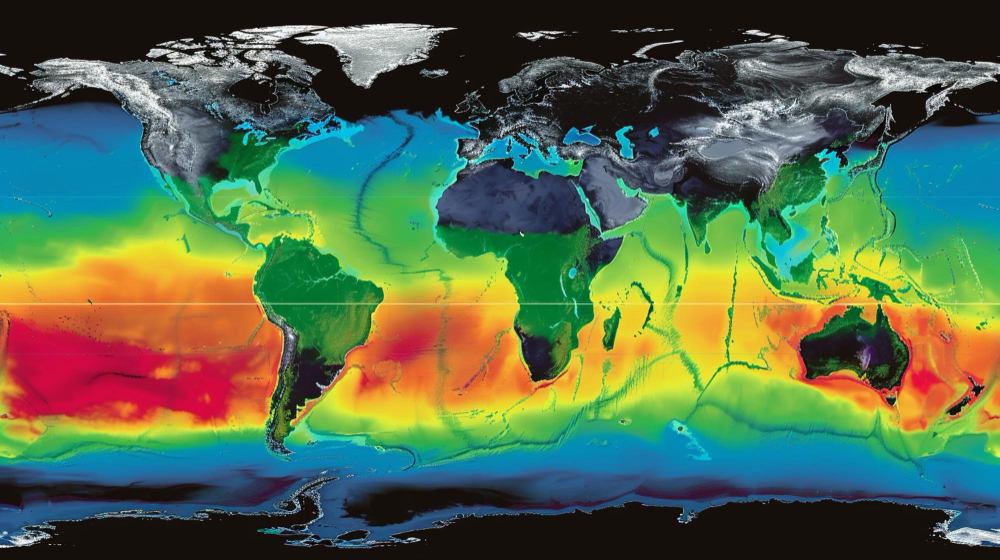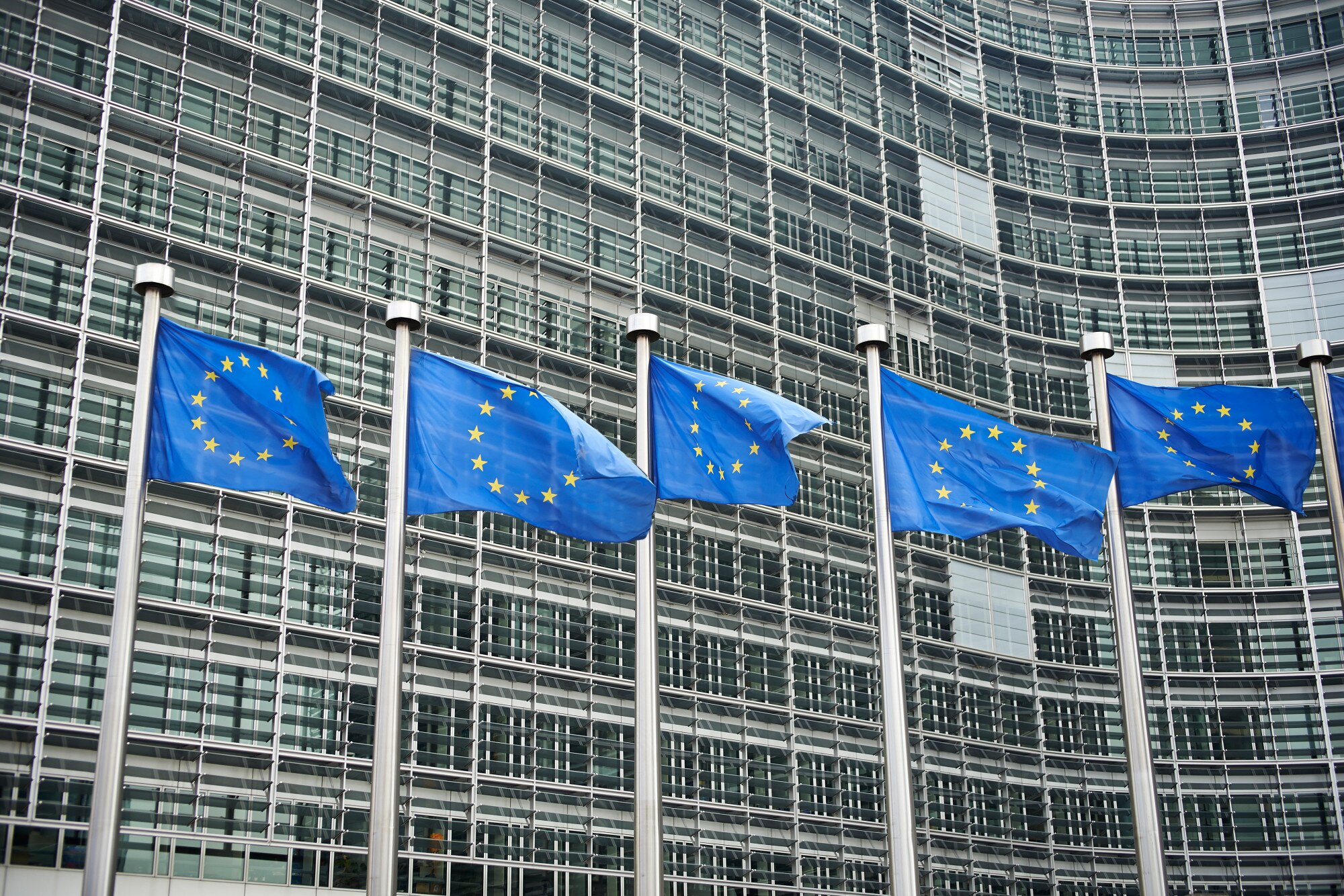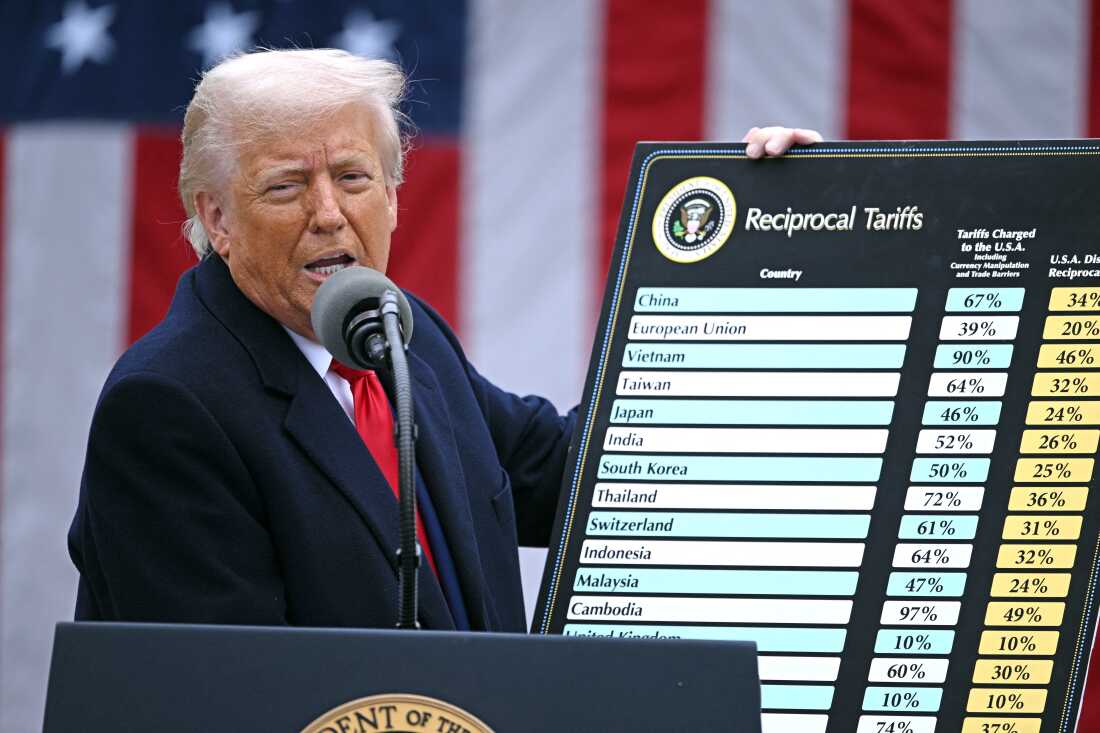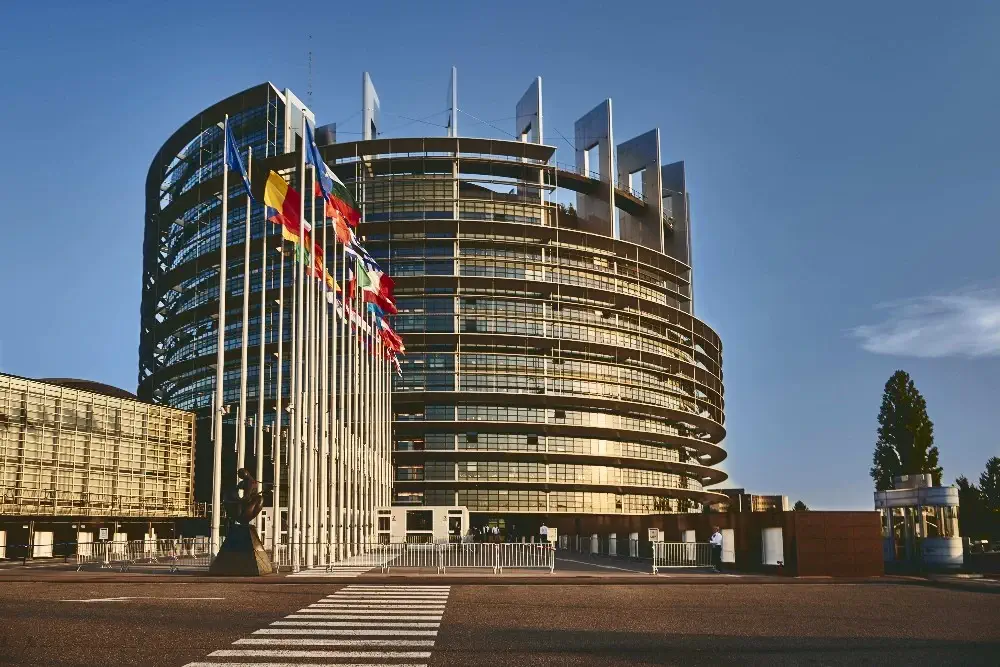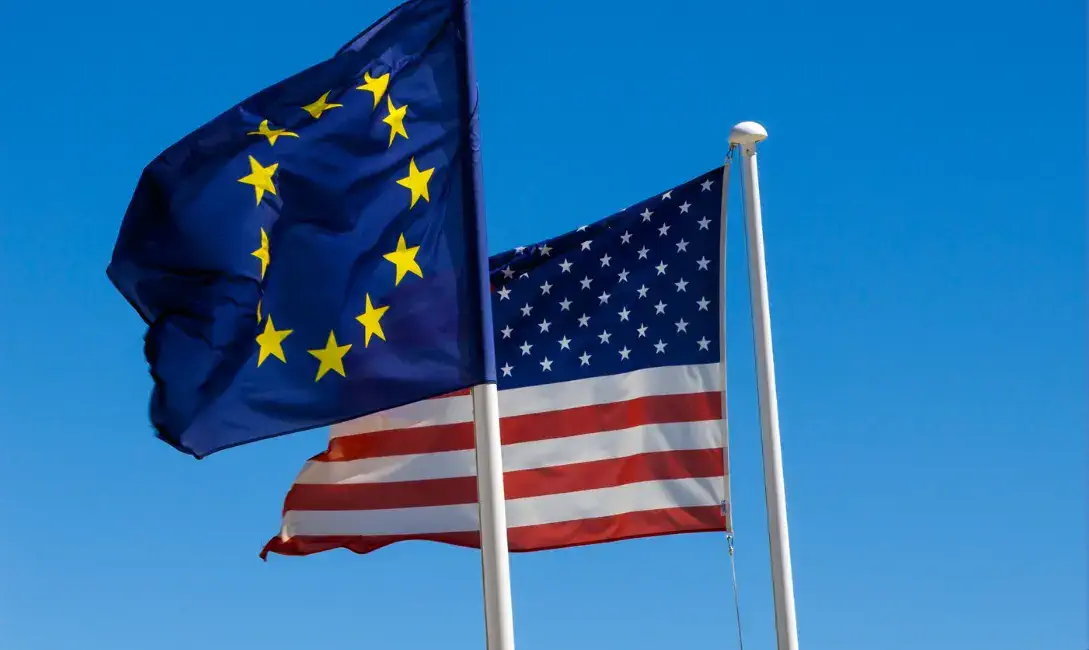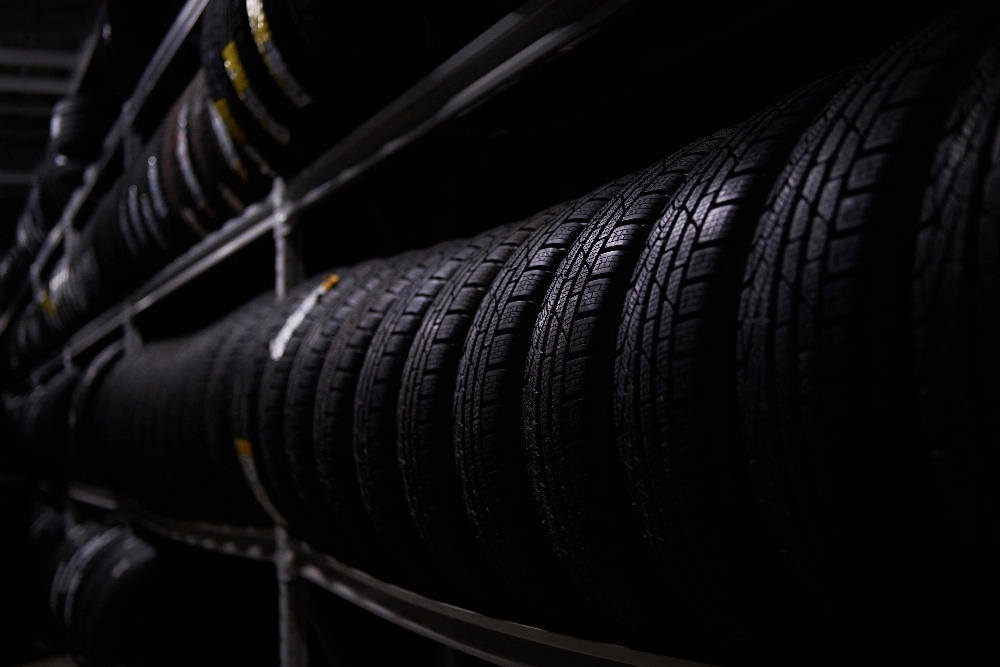
Europe's Tire Industry Confronts Perfect Storm of Challenges
Executive Summary
Europe's tire manufacturing sector is experiencing unprecedented pressure as Asian competition intensifies, regulatory complexity grows, and operational costs spiral upward. Major industry players are retreating from key segments, while policy uncertainty threatens the sector's long-term viability.
Manufacturing Exodus Accelerates
Continental's Agricultural Retreat
Continental AG's withdrawal from agricultural tire production represents a significant industry shift. The €40 billion German conglomerate will discontinue its entire agricultural tire portfolio—including TractorMaster, Tractor70, Tractor85, CombineMaster, and CompactMaster lines—by year-end 2025. This marks Continental's second departure from the agricultural segment, having previously exited in 2004 before re-entering in 2017 with a substantial €52 million investment in its Portuguese Lousado facility.
Continental attributes this decision to market commoditization and fundamental disruptions that have eroded profitability in the sector.
Broader Industry Consolidation
The retreat extends beyond Continental:
- Apollo Tyres plans to close its Enschede facility in the Netherlands by summer 2026
- Bridgestone is implementing layoffs at its Spanish Puente San Miguel factory
- Multiple facilities face closure as energy costs and competitive pressure intensify
Asian Competition Reshapes Market Dynamics
Rising Market Share
Non-European manufacturers are gaining significant ground through competitive pricing and improved product quality:
Indian Manufacturers:
- BKT, Ascenso, Ceat, and MRL expanding European presence
- Yokohama's Alliance Tire Group leveraging exclusive Indian production
- Cost advantages enabling aggressive market penetration
Chinese Competition:
- Agricultural tire segment remains free from anti-dumping duties
- Tianli, Linglong, Aeolus, and Advance offering competitive pricing
- Unlike passenger and truck tires, agricultural segments face no trade barriers
Regulatory Complexity Hampers Growth
EU Deforestation Regulation (EUDR) Challenges
The European Tyre and Rubber Manufacturers' Association (ETRMA) faces uncertainty over retreaded tire compliance:
- Current Clarity: Used and waste tires excluded from regulation
- Ongoing Confusion: Retreaded tire classification remains ambiguous
- Industry Position: Only new tread material should require compliance, not reused casings
Retreading Sector Impact
The retreading industry, dominated by small and medium enterprises, faces disproportionate regulatory burden:
- Retreaded tire imports represent less than 1% of European market
- Regulation may undermine circular economy objectives
- SME retreaders lack resources for complex compliance frameworks
UK Export Control Failures
Regulatory Breakdown
Britain's waste tire export system demonstrates the consequences of inadequate oversight:
- Problem Identified: Illegal whole tire exports to India despite regulations
- Evidence Available: GPS tracking and trade data confirm violations
- Response: UK authorities deflect responsibility between departments
- Solution Ignored: Simple ban on whole tire exports in favor of shredded material
Market Consequences
The regulatory failure creates cascading effects:
- Indian authorities tightening import restrictions
- Domestic recyclers facing increased uncertainty
- Environmental objectives compromised by weak enforcement
Germany Sounds Industrial Alarm
Economic Indicators
German rubber industry performance signals broader sector stress:
- Q1 2025 Sales: Down 2.7% year-over-year
- Production Levels: Declined 2.5% compared to previous year
- Cost Pressures: Energy expenses and bureaucracy constraining competitiveness
Policy Demands
Industry leaders call for immediate government action:
- Reduce regulatory complexity
- Control energy costs
- Preserve manufacturing base through targeted reforms
Strategic Implications
Competitive Landscape Shift
European tire manufacturers face structural disadvantages:
- Cost Structure: High fixed costs versus Asian production bases
- Regulatory Environment: Complex compliance requirements
- Market Position: Commoditization reducing differentiation opportunities
Policy Response Required
Industry survival depends on coordinated action:
- Regulatory Streamlining: Simplify compliance frameworks while maintaining environmental standards
- Trade Policy: Address unfair competition through strategic trade measures
- Industrial Strategy: Support European manufacturing through targeted incentives
- Energy Policy: Reduce industrial energy costs to restore competitiveness
Conclusion
Europe's tire industry stands at a critical juncture. The combination of Asian competition, regulatory complexity, and rising operational costs threatens the sector's long-term viability. Without decisive policy intervention and industry adaptation, Europe risks losing a strategically important manufacturing sector to global competitors.
The path forward requires balancing environmental objectives with industrial competitiveness, ensuring that well-intentioned regulations don't inadvertently undermine European manufacturing while providing minimal environmental benefit.
This analysis draws from research and insights provided by Helix Tap. For more market intelligence and analysis, visit helixtap.com
